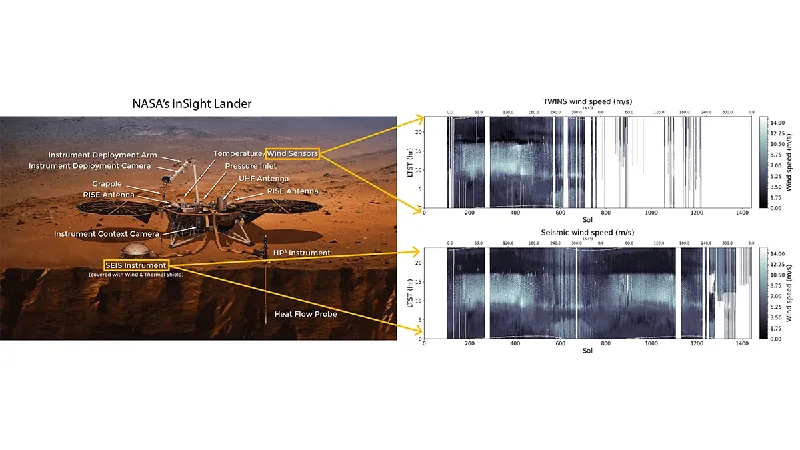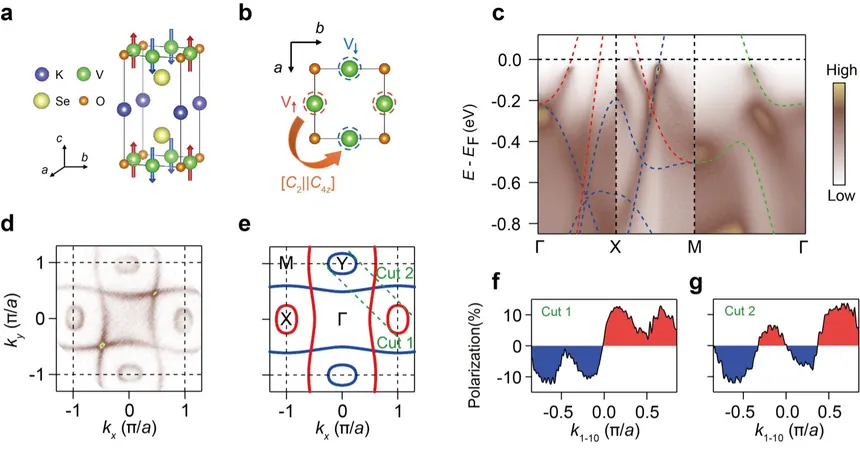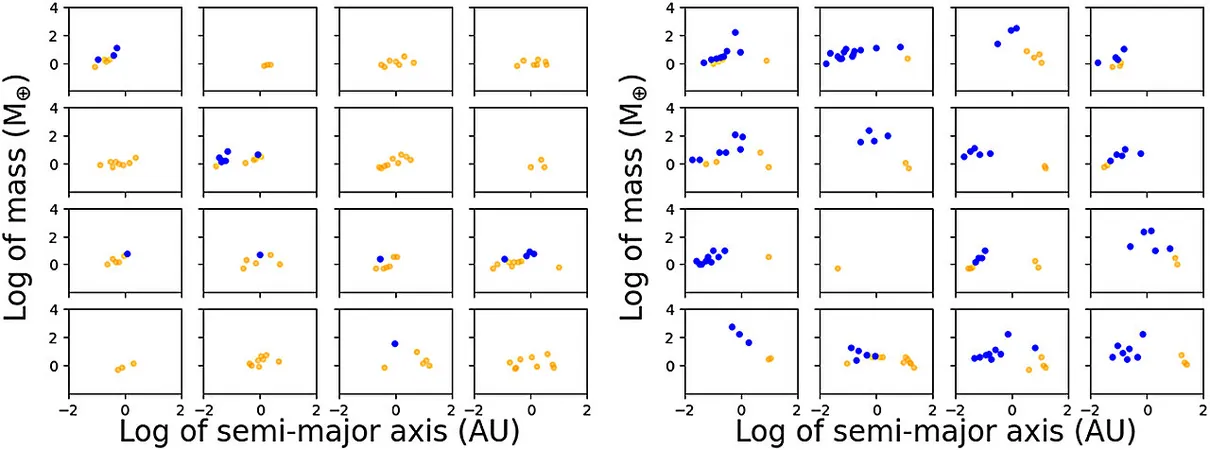
Come on Feel the Noise: Machine Learning Revolutionizes Seismic Data from Mars!
2025-04-01
Author: Yu
Introduction
Wind observations on Mars have long been scarce, but a groundbreaking study is changing the game. Under the auspices of NASA's InSight mission, the Temperature and Wind for InSight (TWINS) instrument was created to measure wind speed and direction on the Martian surface.
Challenges with TWINS
Unfortunately, due to limitations in power from accumulating dust on its solar panels, TWINS was only operational during the mission's first 750 Martian days (sols). In stark contrast, the Seismic Experiment for Interior Structure (SEIS) instrument continued to operate almost uninterrupted, collecting invaluable seismic data until Martian day 1440.
Introduction of WindSightNet
Enter Stott et al. (2025), who developed a state-of-the-art machine learning model called WindSightNet. This innovative system maps seismic data to wind speed and direction, effectively doubling the amount of wind data available from TWINS!
Results and Implications
Their research showcases the impressive alignment between the TWINS and WindSightNet data, instilling confidence in the accuracy of the predicted wind measurements for the subsequent days on Mars.
This remarkable dataset enables researchers to analyze wind patterns, explore the interannual variability (with one year on Mars equivalent to 669 sols), and even investigate large-scale weather phenomena, offering a continuous record of Martian winds that is pivotal for atmospheric science.
By enhancing atmospheric models, scientists can better understand how Martian dust is mobilized—a critical component of the planet's dynamic climate system.
Limitations of WindSightNet
Nevertheless, it is important to note that while WindSightNet provides invaluable insights, it cannot capture the rapid wind fluctuations or extreme wind speeds that TWINS recorded, nor can it precisely predict calm conditions due to noise in the SEIS data.
Conclusion
However, this pioneering study lays the groundwork for future advancements in planetary instrumentation and opens new avenues for exploring the Martian atmosphere. With more accurate and extensive data at their disposal, scientists are poised to unlock the mysteries of Mars' weather, improving our understanding of not just the Red Planet, but also building a foundation for better models of other celestial bodies.
The unanswered questions about Martian winds have taken a significant step closer to resolution—who knows what we might discover next?




 Brasil (PT)
Brasil (PT)
 Canada (EN)
Canada (EN)
 Chile (ES)
Chile (ES)
 Česko (CS)
Česko (CS)
 대한민국 (KO)
대한민국 (KO)
 España (ES)
España (ES)
 France (FR)
France (FR)
 Hong Kong (EN)
Hong Kong (EN)
 Italia (IT)
Italia (IT)
 日本 (JA)
日本 (JA)
 Magyarország (HU)
Magyarország (HU)
 Norge (NO)
Norge (NO)
 Polska (PL)
Polska (PL)
 Schweiz (DE)
Schweiz (DE)
 Singapore (EN)
Singapore (EN)
 Sverige (SV)
Sverige (SV)
 Suomi (FI)
Suomi (FI)
 Türkiye (TR)
Türkiye (TR)
 الإمارات العربية المتحدة (AR)
الإمارات العربية المتحدة (AR)